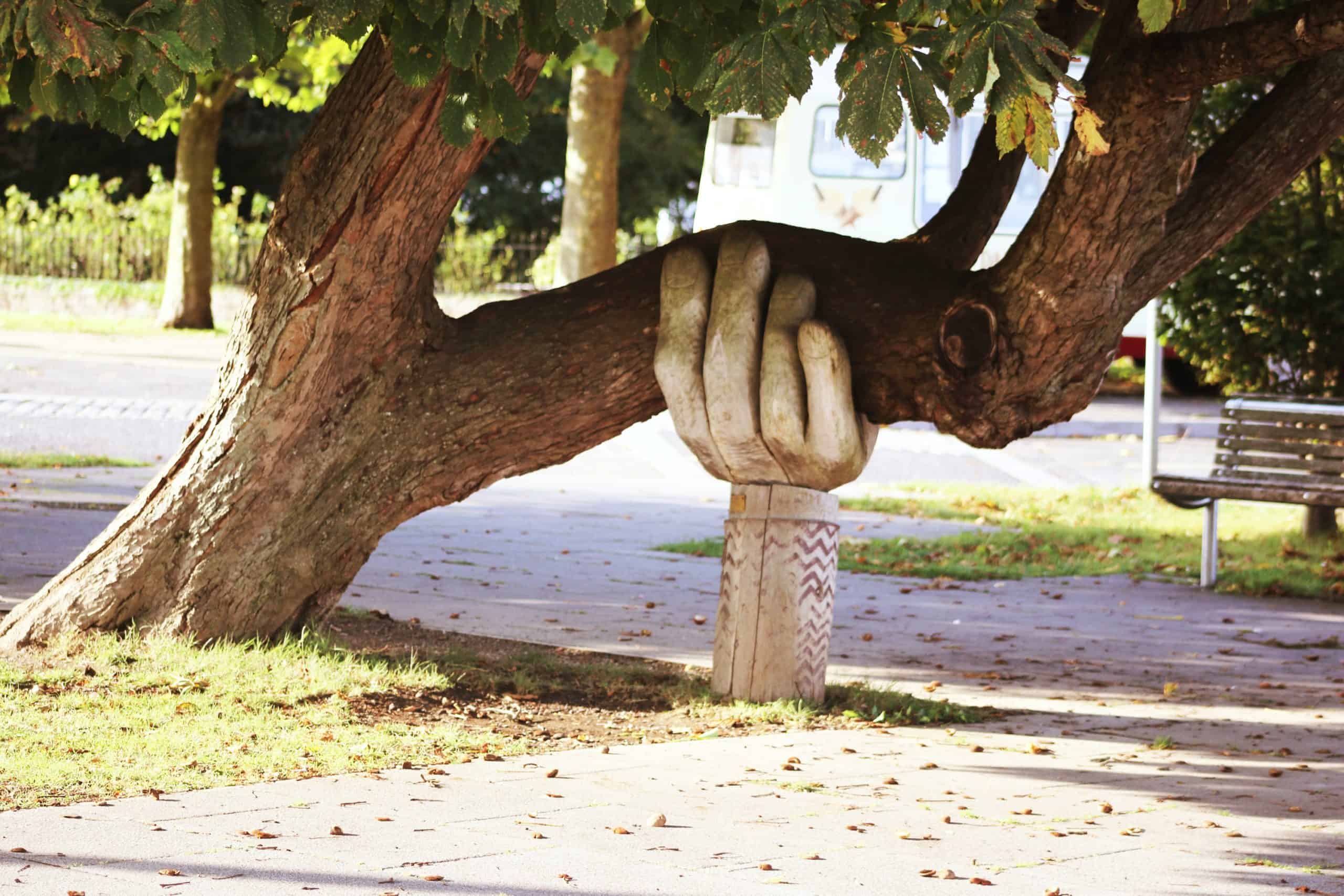In our professional lives, learning how to cope with change is crucial, especially in today’s uncertain environment. Stability is essential for everyone, helping us navigate the rapid changes affecting all aspects of our lives. As we adapt to ongoing shifts in our world, here are four powerful strategies designed to help us effectively cope with change, both professionally and personally.
1. Self-Care & Compassion
You’ve likely come across the importance of self-care in many articles and resources on how to cope with change. But the real question is: what proactive steps are you taking to ensure you and those around you are practicing the right self-care? During the pandemic, I had to adapt my self-care routines as traditional methods became less accessible. Despite the increased demands of having two young children at home, I discovered that prioritizing self-care was crucial to support others effectively. It is a practice that I’ve continued as the world has not stopped shifting post-pandemic. Here are a few self-care ideas that might work for you:
- Take a daily walk outside and notice nature.
- Use a free meditation app to breathe and meditate.
- Step away from your tasks every 45 minutes.
- Connect with friends or family regularly.
- Watch or listen to something humorous.
2. Active Listening & Holding Space
Mastering the art of holding space is a vital part of learning how to cope with change, even though it might appear counterintuitive in a culture that values constant productivity. However, this practice involves a thoughtful commitment to empathy, moving beyond quick solutions to deeper understanding. Here are some tips for effective active listening and holding more space:
- Listen more than you speak.
- Avoid jumping in with solutions; just listen.
- Ask open-ended questions that start with ‘how,’ ‘what,’ ‘where,’ or ‘when.’
- Make a conscious effort to hold space three times more frequently than usual.
3. Grieve Change & Utilize the Change Curve
One effective way to cope with change is by allowing yourself to grieve the endings that come with it. Utilizing the change curve can greatly aid in understanding and managing these emotions, particularly during turbulent times. Here’s how you can apply the change curve in various settings:
- Show the change curve in meetings and ask participants to identify their current position.
- Use tools like MURAL and the Zoom whiteboard feature for collaborative discussions on change.
- Offer the change curve as a personal reflection tool to help individuals gain perspective.
4. The Check-In Technique
The check-in is a simple yet powerful way to connect with and support others as we learn how to cope with change. It provides everyone a chance to express themselves, which is crucial in understanding the group’s overall mood and dynamics. Here’s how to implement the check-in effectively:
- Start meetings with a one-word mood description from each participant.
- Utilize check-ins during virtual meetings to replace typical small talk.
- End meetings with a check-out to capture feelings and thoughts, going beyond mere action items.
By embracing these methods, we can foster a supportive community that helps us all learn how to cope with change together. Remember, there may not be a straightforward solution to every challenge, but these strategies offer a pathway to manage and thrive amidst ongoing changes.

